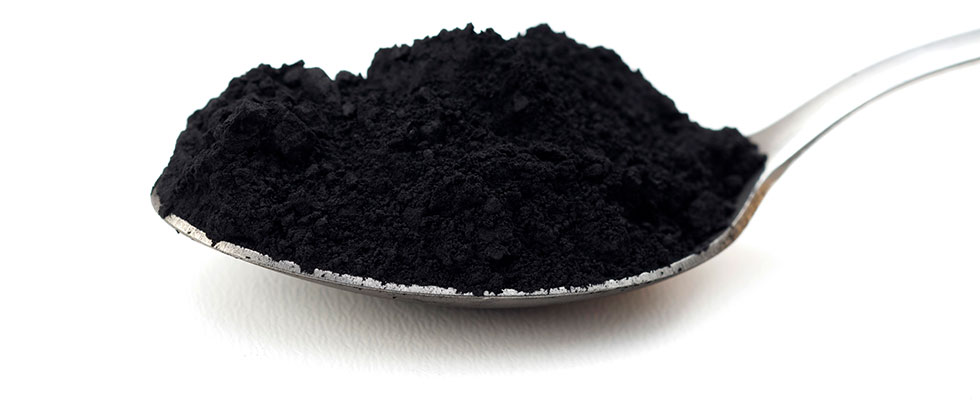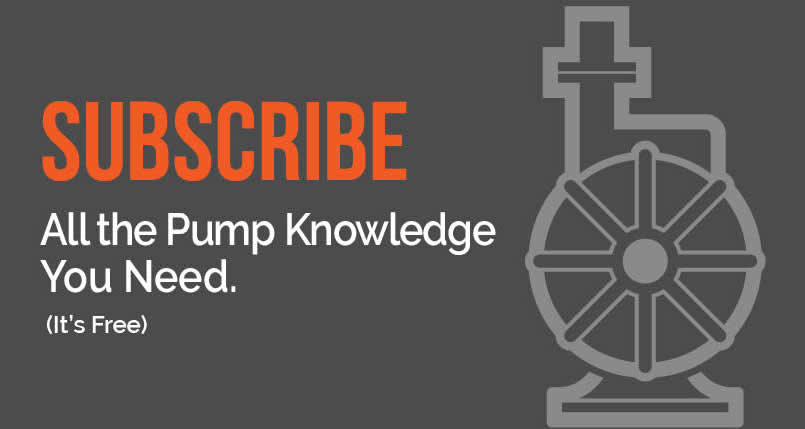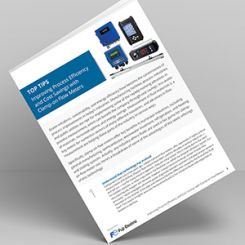
Powdered activated carbon (PAC) is a staple for many drinking water treatment plants. Often used to effectively and easily treat methylisoborneol (MIB) and geosmin for taste and odor issues, PAC treats a wide range of other contaminants as well. PAC can be used as a supplemental treatment for occasional, unexpected pollution spikes. It acts as a stopgap for treating emerging contaminants like per- and polyfluoroalkyl substances (PFAS) while more permanent solutions are under consideration or construction, and it is also useful in extreme weather events like flooding, when highly contaminated waters can quickly overwhelm normal plant capacity. Stored properly, PAC can have an indefinite shelf life and is an essential item in a water treatment plant’s inventory.
However, not all PAC is created equal, and plants that choose PAC based on price alone can lose all those savings when low-quality PAC potentially drives up costs in other areas.
Low-Priced Carbon Can Actually Be Expensive
When it comes to PAC, quality matters. Low-quality carbon can easily end up not being the cost saver plants expect. To achieve the desired performance, plants may have to dose more low-quality PAC—sometimes up to twice as much as a higher quality material.
This increased dosage starts a cascade of other cost increases that further negate purchase savings. More frequent dosing puts a heavier burden on personnel, who will have to limit their time on other tasks or add to their schedule.
The need for more PAC increases the frequency of deliveries and adversely impacts on-site traffic, including the risk of accidents, injuries and security breaches, and a greater reliance on deliveries adds to supply chain vulnerability.
Additionally, plants having to store twice as much low-quality PAC will increase their storage footprint to house their PAC supply, which increases their exposure risk in the case of extreme weather.
PAC is typically disposed of with the sludge during sedimentation. Dosing higher volumes of low-quality PAC will increase the amount of sludge and a plant’s sludge disposal labor and costs.
After investing in a supply of low-quality PAC, plants may learn that their PAC is unable to reduce contaminants to target levels or achieve compliance standards for certain state or federal regulated contaminants. When this happens, the entire purchase can be a waste of money.
How Performance Testing Can Show the Way
One way to zero in on the most cost-effective PAC appropriate for a plant’s treatment objectives is through performance testing. This simple step can reveal the exact quality of PAC the plant needs for both routine and emergency needs, helping users avoid purchasing PAC that will be a waste of money or drive up maintenance and other costs. As water treatment plants fine-tune their chemical dosing and amplify their preparation response to extreme weather, many are selecting their PAC primarily on performance rather than price. A higher quality PAC often has cost savings built in, so plants can achieve treatment goals without sacrificing cost control.
Proper performance testing begins with setting treatment objectives for a plant’s contaminants of concern. These can include regularly occurring contaminants that appear in raw intake as well as spikes resulting from seasonal changes and local industrial activity. Plants are also beginning to consider possible impacts of extreme weather that can affect water quality such as flooding, wildfires and extreme drought.
With treatment objectives in place, a performance test proceeds with dosing each PAC under consideration to see how much supply and time is needed to achieve the target ratio (like parts per million or parts per trillion). Those performance levels allow a plant to rank PAC candidate products according to their ability to effectively achieve the treatment objective. Purchase prices are then applied, which can reveal a truer picture of affordability.
For example, the product’s ability to achieve results will dictate the size of dose, and if half as much high-quality PAC can do the same job as a lower quality PAC, then the weighted price of the low-quality PAC will be double that of the top testing PAC.
However, when accounting for the full cost of PAC, the product price is only one factor. Even if the low-quality PAC is still more competitive on price after testing, plants should factor in the labor costs of extra dosing, disposal costs of additional sludge and the many risks and costs associated with supply management and storage, regulatory compliance and the consequences of underperformance.
Seeing the Big Picture
Once all associated costs are considered, it is often the case that saving money on the price tag of PAC will cost much more
in the long run. If cost saving is the goal, low-priced, low-quality PAC may not be the way to go.
In addition to the many benefits available from high-quality PAC, performance testing also allows plants to test various PAC products on their exact water. Performance testing eliminates many of the uncertainties around how different products will perform in specific water conditions, further guiding users to a product that will perform as desired.
Performance testing offers a solid option for those looking to minimize costs and right-size their selection of PAC.

